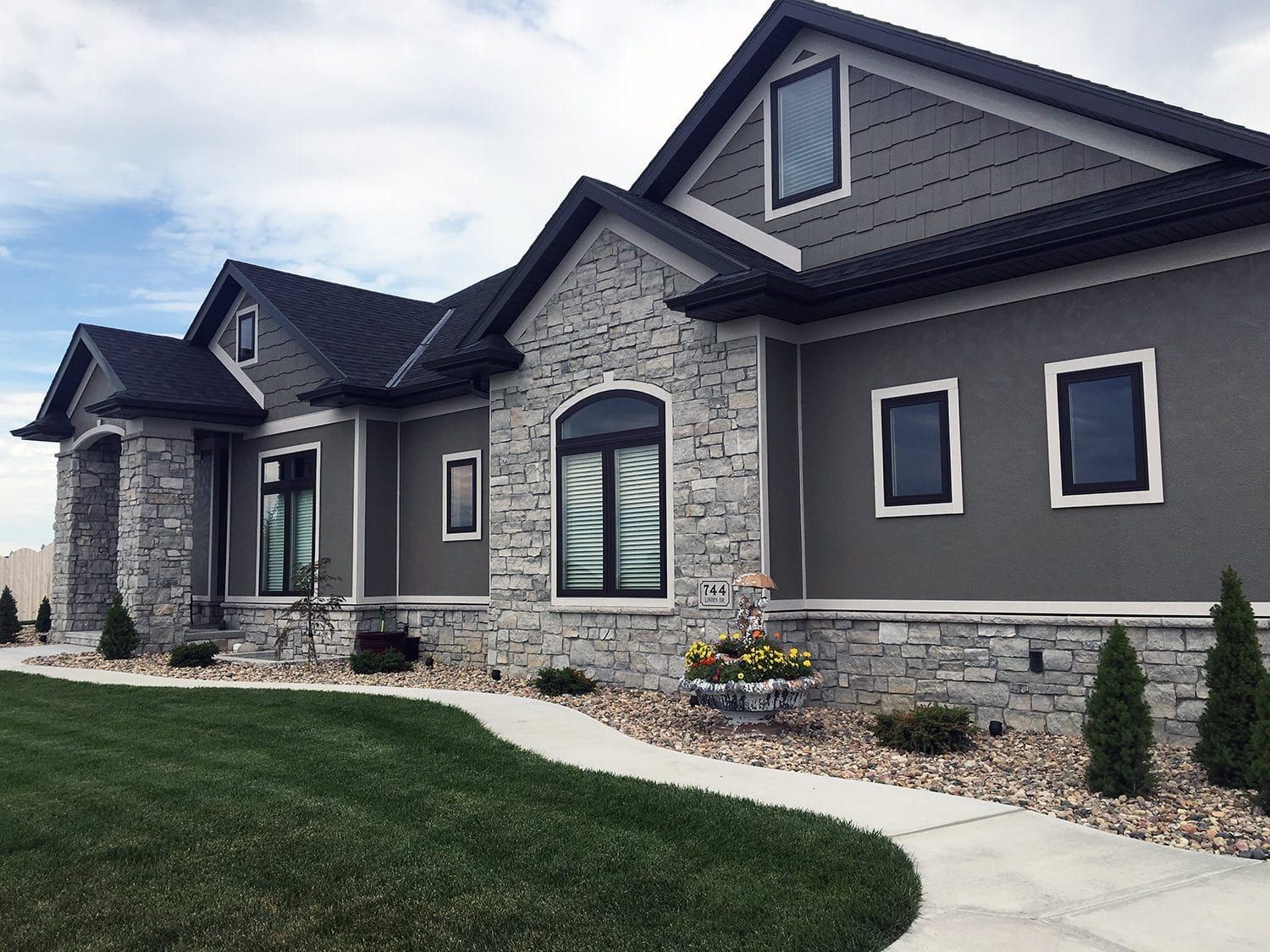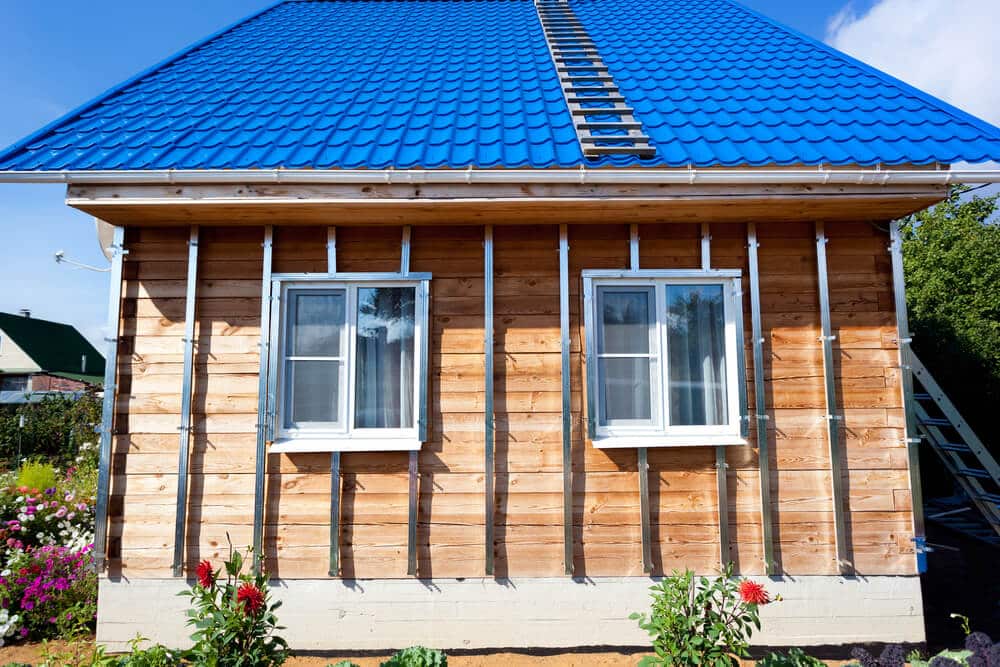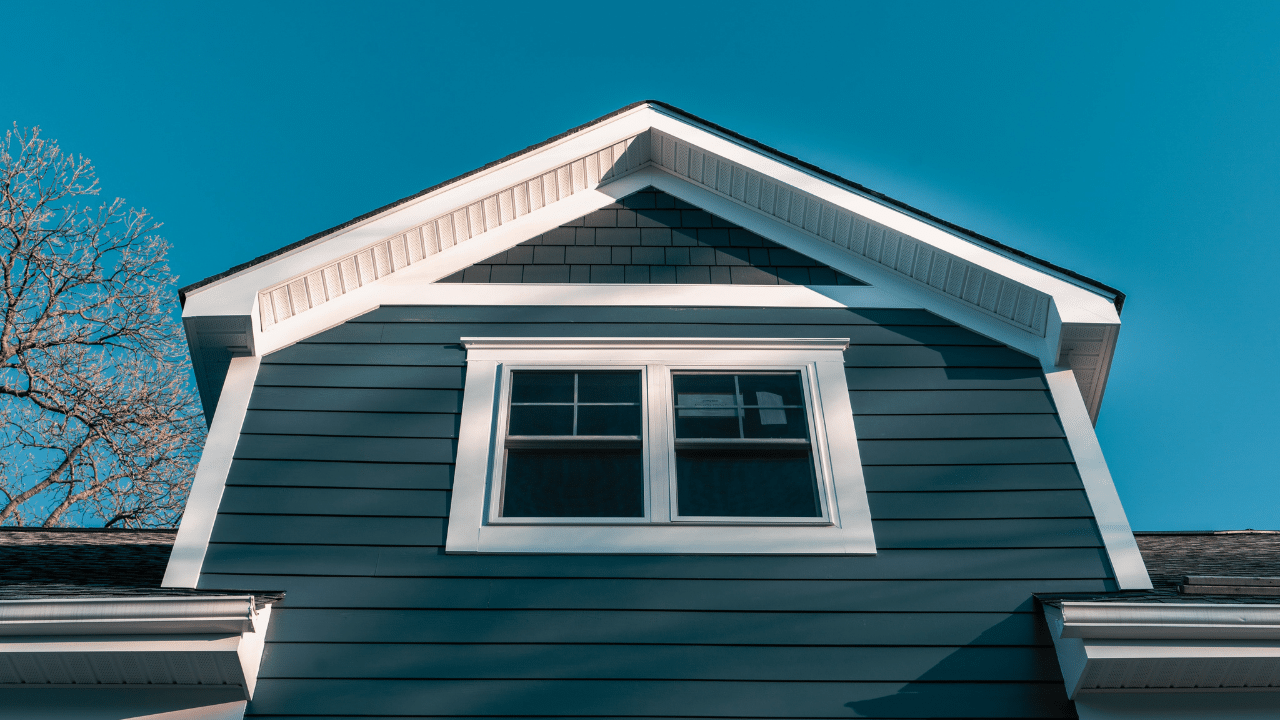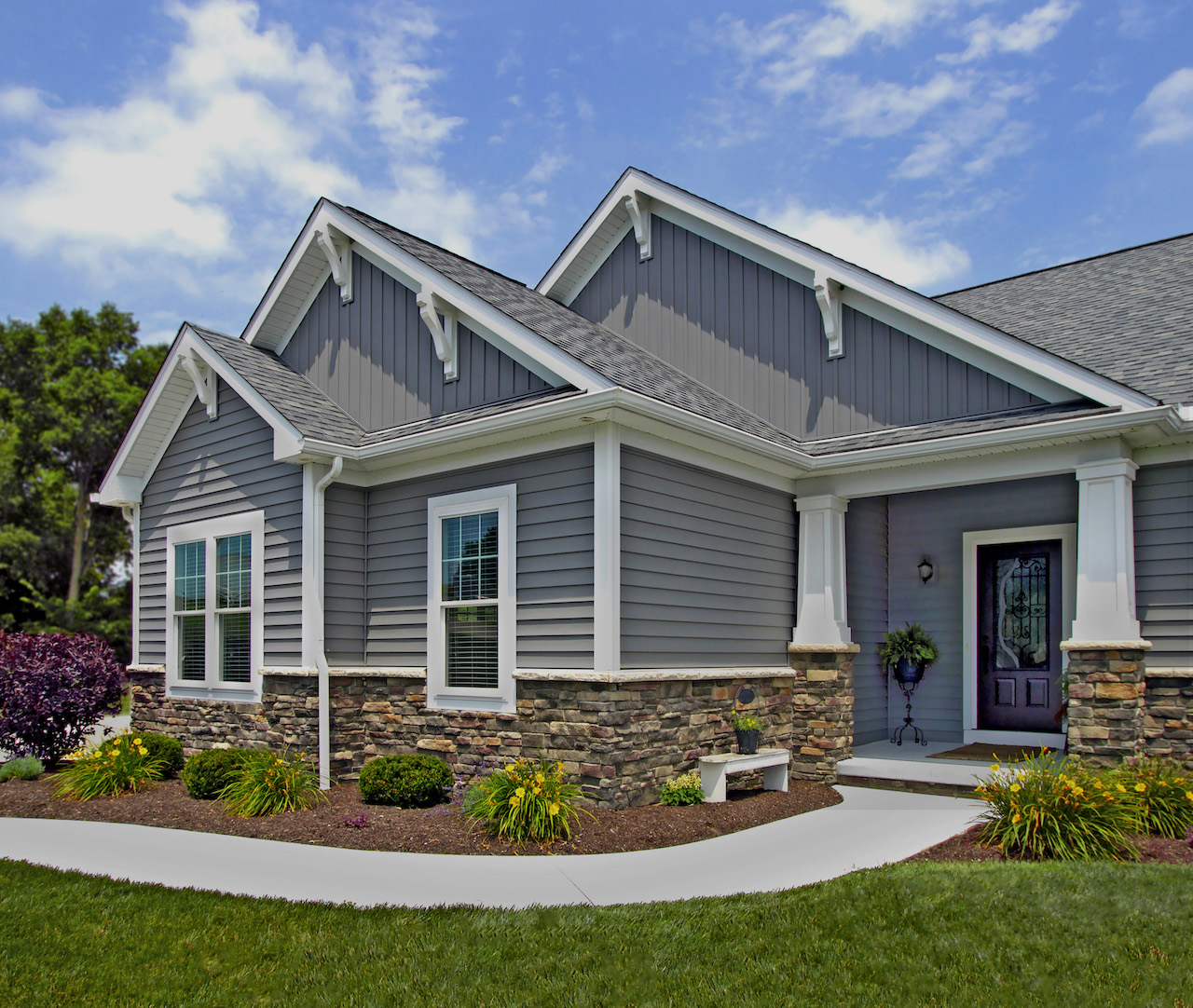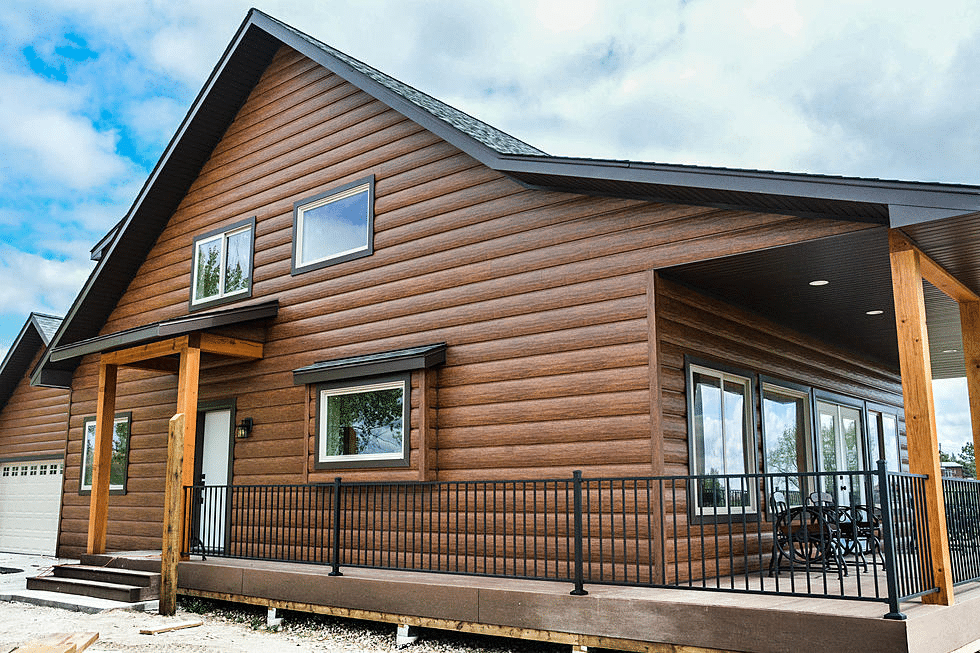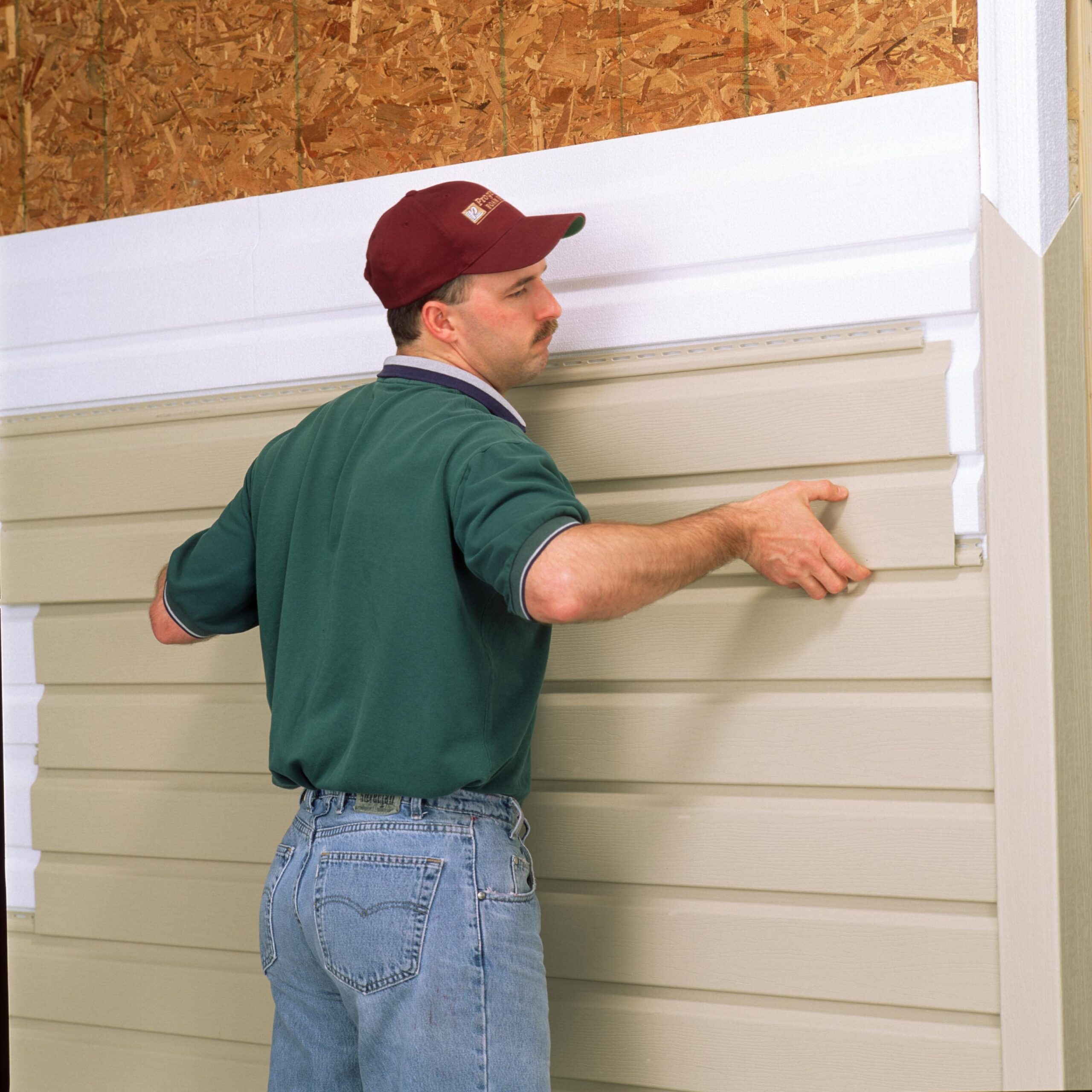Benefits of Insulated Siding: A Homeowners Guide
Benefits of insulated siding extend far beyond just improved aesthetics. Investing in insulated siding offers a multitude of advantages, from significant energy savings and increased home value to enhanced durability and a reduced environmental footprint. This comprehensive guide delves into the numerous benefits, exploring how this upgrade can transform your home and your lifestyle.
From reducing your energy bills and boosting your home’s resale value to enhancing its curb appeal and protecting it from the elements, insulated siding presents a compelling investment for homeowners. We’ll explore the financial, environmental, and practical advantages in detail, helping you understand why it’s a smart choice for your property.
Energy Efficiency
Insulated siding significantly improves a home’s energy efficiency, leading to lower utility bills and a smaller carbon footprint. By creating a barrier against heat transfer, it reduces the workload on your heating and cooling systems, resulting in substantial savings over time.
Insulated siding works by minimizing the amount of heat that escapes your home in winter and enters in summer. This is achieved through the insulation layer incorporated within the siding material itself. This layer acts as a thermal break, preventing heat from easily flowing through the walls. Instead of the heat directly transferring through the wall’s structure, it’s slowed and diffused by the insulating material. This reduction in heat transfer means your HVAC system doesn’t have to work as hard to maintain a comfortable indoor temperature.
Energy Bill Savings
Let’s consider a hypothetical example. Imagine a homeowner with average energy bills of $200 per month before installing insulated siding. After installation, their bills might drop to $150 per month, representing a $50 monthly saving, or $600 annually. This savings is not only due to the insulated siding, but also factors such as weather conditions and energy usage habits. However, the insulated siding contributes significantly to this reduction. These savings can vary greatly depending on factors like the size of the house, climate, and the R-value of the chosen siding.
Mechanisms of Heat Transfer Minimization
Insulated siding minimizes heat transfer through walls primarily through its thermal resistance. This resistance, measured in R-value, indicates how effectively a material resists the flow of heat. A higher R-value means better insulation. The insulation within the siding acts as a barrier, slowing down the conduction, convection, and radiation of heat. Conduction is the transfer of heat through direct contact; convection is the transfer of heat through the movement of fluids (air); and radiation is the transfer of heat through electromagnetic waves. By hindering all three processes, insulated siding keeps your home warmer in winter and cooler in summer.
Insulated Siding Material Comparison
The following table compares the R-values of different insulated siding materials. Note that R-values, costs, and durability can vary based on the specific product and manufacturer.
| Material | R-value | Cost (per sq ft, estimated) | Durability (Years, estimated) |
|---|---|---|---|
| Fiber Cement with Foam Insulation | 4-7 | $5-$10 | 50+ |
| Polyurethane Foam Siding | 6-8 | $7-$12 | 30-50 |
| Vinyl Siding with Foam Backing | 2-4 | $3-$7 | 20-30 |
| Insulated Metal Siding | 5-10 | $8-$15 | 40+ |
Cost Savings
Insulated siding offers significant long-term cost savings compared to traditional siding options. While the initial investment might seem higher, the energy efficiency improvements and increased home value quickly offset this expense, resulting in a substantial return on investment over time. This section explores the various ways insulated siding contributes to financial benefits.
Insulated siding reduces energy consumption by acting as an extra layer of insulation, preventing heat loss in winter and heat gain in summer. This translates directly into lower energy bills. For example, a homeowner in a climate with significant temperature fluctuations might see a 15-20% reduction in their annual heating and cooling costs. This saving compounds over the years, significantly reducing the overall cost of homeownership. Furthermore, energy-efficient homes are generally more attractive to potential buyers, leading to a higher resale value.
Return on Investment (ROI) Through Reduced Energy Bills
Reduced energy bills represent the most immediate and tangible cost savings associated with insulated siding. Consider a homeowner whose annual energy bill is $2,400. With insulated siding resulting in a 15% reduction, their annual savings would be $360 ($2400 x 0.15). Over a 10-year period, this equates to a savings of $3,600. This saving can then be compared to the initial cost of the siding installation to determine the payback period. Several online ROI calculators are available to assist in this calculation, using variables such as the cost of installation, energy savings per year, and the expected lifespan of the siding.
Increased Home Value
Energy-efficient homes are increasingly sought after in the real estate market. The improved insulation provided by insulated siding contributes to a higher energy efficiency rating for the home, making it a more attractive proposition for buyers. This increased desirability translates to a higher market value. A recent study by the National Association of Realtors (hypothetical data for illustrative purposes) indicated that homes with energy-efficient features, such as insulated siding, can sell for 5-10% more than comparable homes without these features. For a $300,000 home, this could represent an increase in value of $15,000 to $30,000.
Government Rebates and Tax Credits
Many governments offer rebates and tax credits to homeowners who invest in energy-efficient home improvements. These incentives vary depending on location and specific programs. It’s crucial to check with local and federal agencies to determine available programs and eligibility criteria. For example, some states might offer a percentage rebate on the cost of insulation installation, while federal programs might provide tax credits for eligible home energy upgrades. These rebates and credits can significantly reduce the upfront cost of insulated siding, accelerating the return on investment.
Amortization Schedule Example
Let’s assume an insulated siding installation costs $10,000, and the annual energy savings are $500.
| Year | Beginning Balance | Annual Savings | Ending Balance |
|---|---|---|---|
| 1 | $10,000 | $500 | $9,500 |
| 2 | $9,500 | $500 | $9,000 |
| 3 | $9,000 | $500 | $8,500 |
| 4 | $8,500 | $500 | $8,000 |
| 5 | $8,000 | $500 | $7,500 |
| 6 | $7,500 | $500 | $7,000 |
| 7 | $7,000 | $500 | $6,500 |
| 8 | $6,500 | $500 | $6,000 |
| 9 | $6,000 | $500 | $5,500 |
| 10 | $5,500 | $500 | $5,000 |
| 11 | $5,000 | $500 | $4,500 |
| 12 | $4,500 | $500 | $4,000 |
| 13 | $4,000 | $500 | $3,500 |
| 14 | $3,500 | $500 | $3,000 |
| 15 | $3,000 | $500 | $2,500 |
| 16 | $2,500 | $500 | $2,000 |
| 17 | $2,000 | $500 | $1,500 |
| 18 | $1,500 | $500 | $1,000 |
| 19 | $1,000 | $500 | $500 |
| 20 | $500 | $500 | $0 |
This simplified schedule demonstrates that the payback period for this example is 20 years. However, this timeframe can be significantly shorter with higher annual savings or government incentives. Remember that this is a simplified example; actual payback periods will vary depending on individual circumstances.
Home Value & Curb Appeal
Insulated siding significantly boosts a home’s value and curb appeal, making it a smart investment for homeowners looking to increase their property’s worth or prepare for a sale. The enhanced energy efficiency, discussed previously, is a key driver of this increased value, but the aesthetic improvements also play a significant role.
The factors contributing to increased home value with insulated siding are multifaceted. Firstly, the improved energy efficiency translates directly into lower utility bills, a highly attractive feature for potential buyers. Secondly, the durability and longevity of insulated siding reduce the need for frequent and costly repairs and replacements compared to other siding materials, such as wood or vinyl. This long-term cost savings is a major selling point. Finally, the enhanced curb appeal, discussed below, adds immediate value by making the home more attractive and desirable in the marketplace.
Aesthetic Appeal of Insulated Siding
Insulated siding offers a wide array of styles and colors to complement any home’s architectural design. Unlike some siding options, which might appear limited in their visual appeal, insulated siding is available in various textures and finishes, mimicking the look of wood, brick, or stone, while providing superior insulation. For instance, a homeowner could choose siding that replicates the look of natural cedar shake for a rustic charm or opt for a sleek, modern finish in a variety of colors to achieve a contemporary aesthetic. The color options are extensive, ranging from classic neutrals like beige and gray to bolder hues like deep blues and greens, allowing for personalized customization to match individual preferences and landscape styles. This versatility ensures that insulated siding can seamlessly integrate with existing landscaping and architectural features, enhancing the overall harmony of the home’s exterior.
Enhanced Curb Appeal and Market Value
A home’s curb appeal significantly impacts its market value. Insulated siding, with its clean lines, varied textures, and vibrant color options, instantly upgrades a home’s exterior appearance. A well-maintained home with attractive siding is more likely to attract potential buyers and command a higher selling price. For example, a home with outdated, weathered siding might be valued lower than a similar home with newly installed insulated siding, even if all other features are identical. The improved aesthetic contributes to a more positive first impression, making the home more appealing and increasing its perceived value. This is reflected in real estate appraisals, where homes with modern, well-maintained exteriors, including insulated siding, often receive higher valuations.
Desirable Features for Potential Homebuyers
Potential homebuyers are increasingly prioritizing energy efficiency and low maintenance features. The following features of insulated siding make it a highly desirable feature:
- Superior energy efficiency, leading to lower utility bills.
- Increased durability and longevity, reducing the need for frequent repairs.
- Enhanced curb appeal and aesthetic value, boosting the home’s overall attractiveness.
- Low maintenance requirements, saving time and money.
- Variety of styles, colors, and textures to match any home design.
- Improved sound insulation, creating a quieter and more peaceful living environment.
These features collectively contribute to a higher perceived value, making insulated siding a worthwhile investment for both current homeowners and prospective buyers.
Durability & Maintenance
Insulated siding offers a compelling combination of long-term durability and reduced maintenance compared to traditional siding options. Its inherent design, incorporating insulation within the siding panels, contributes significantly to its longevity and ease of care. This section will delve into the specifics of lifespan, maintenance needs, and protection against weather-related damage.
The lifespan and maintenance requirements of insulated siding vary depending on the specific material used. Common types include vinyl, fiber cement, and engineered wood. Each possesses unique characteristics impacting its durability and longevity.
Insulated Siding Material Lifespans and Durability
Generally, insulated vinyl siding boasts a lifespan of 20-40 years, while fiber cement siding can last 50 years or more with proper care. Engineered wood siding, although offering insulation benefits, typically has a shorter lifespan, ranging from 15-30 years, depending on the quality of the material and environmental factors. The durability of each type is affected by factors such as UV exposure, impact resistance, and the quality of installation. For example, poorly installed vinyl siding can be susceptible to warping or cracking, while fiber cement, though more durable, can chip or crack if impacted forcefully. Regular inspections and prompt repairs are key to maximizing the lifespan of any siding material.
Maintenance Requirements of Insulated Siding Compared to Other Options
Insulated siding requires significantly less maintenance than many alternatives. Unlike wood siding, which necessitates regular painting, staining, and caulking, insulated siding needs only occasional cleaning to remove dirt and debris. Compared to aluminum siding, which can dent or scratch easily, insulated siding is more resistant to impact damage. While fiber cement siding may require occasional repainting, the need for this is far less frequent than with wood. This reduced maintenance translates to both time and cost savings over the siding’s lifetime.
Protection Against Weather Damage
The integrated insulation in insulated siding provides superior protection against extreme temperatures and moisture intrusion. The insulation acts as a barrier, reducing heat transfer in both summer and winter, thereby minimizing energy costs and protecting the underlying structure from temperature fluctuations that can lead to cracking or warping. Furthermore, the improved weather barrier inherent in many insulated siding systems significantly reduces the risk of moisture penetration, a major cause of rot, mold, and structural damage in traditional siding. This protection is particularly beneficial in regions with harsh weather conditions, such as areas experiencing frequent freeze-thaw cycles or high humidity.
Common Problems with Other Siding Materials and How Insulated Siding Addresses Them
Many common siding problems are effectively mitigated by insulated siding. For instance, wood siding is prone to rot, insect infestation, and cracking due to moisture and temperature changes. Aluminum siding can dent and fade easily. Vinyl siding, while relatively low-maintenance, can warp or crack under extreme temperatures. Insulated siding addresses these issues through its inherent durability, weather resistance, and integrated insulation. The insulation layer reduces temperature fluctuations, minimizing the risk of warping and cracking, while the robust construction of the siding panels provides increased resistance to impact damage and moisture penetration. The improved weather barrier significantly reduces the likelihood of rot and insect infestation, commonly associated with wood siding.
Environmental Impact
Choosing insulated siding offers significant environmental advantages beyond simply improving your home’s energy efficiency. By reducing energy consumption, you lessen your carbon footprint and contribute to a healthier planet. The sustainable nature of many siding materials also plays a crucial role in minimizing environmental impact.
Insulated siding’s primary environmental benefit stems from its contribution to reduced energy consumption. Less energy used for heating and cooling translates directly to lower greenhouse gas emissions, a key factor in combating climate change. The magnitude of this reduction varies depending on factors such as climate, home size, and the type of insulation used, but even a modest decrease can have a cumulative positive effect. For example, a home in a cold climate that switches from traditional siding to insulated siding might see a 20-30% reduction in heating energy, leading to a substantial decrease in its carbon emissions.
Sustainability and Recyclability of Insulated Siding Materials
Different insulated siding materials possess varying degrees of sustainability and recyclability. Understanding these differences is crucial for making informed choices. Fiber cement siding, for instance, often incorporates recycled materials in its manufacturing process and is sometimes recyclable at the end of its life. However, the recyclability depends on local facilities and processes. Vinyl siding, while widely used, presents a more complex picture. While some vinyl siding can be recycled, the process is not always efficient or widely available. Furthermore, the manufacturing of vinyl siding often involves the use of non-renewable resources and can contribute to greenhouse gas emissions. Polyurethane foam insulation, a common component in insulated siding systems, is not readily recyclable in most areas. However, research and development are ongoing to improve the recyclability of these materials.
Impact of Energy Savings on Greenhouse Gas Emissions
The energy savings achieved through insulated siding directly translate to a reduction in greenhouse gas emissions. The amount of reduction depends on several factors, including the type of fuel used to generate electricity, the efficiency of the power plant, and the climate of the region. However, a general estimate can be made. For example, reducing heating energy by 25% in a home primarily heated by natural gas could significantly lower the home’s carbon footprint. This reduction can be further amplified if the electricity used for cooling is also reduced. The Environmental Protection Agency (EPA) provides resources and tools to help estimate the potential energy and emission savings associated with various home improvements, including siding upgrades.
Eco-Friendly Aspects of Insulated Siding
- Reduced energy consumption for heating and cooling.
- Lower greenhouse gas emissions contributing to climate change mitigation.
- Potential use of recycled materials in some siding types (e.g., fiber cement).
- Improved energy efficiency leading to decreased reliance on fossil fuels.
- Potential for longer product lifespan compared to some traditional siding, reducing the need for frequent replacements.
Installation Process
Installing insulated siding is a more involved process than traditional siding, requiring careful preparation and skilled labor for optimal results. The process generally involves several key stages, from initial assessment to final finishing, each crucial for ensuring a long-lasting and energy-efficient exterior. Understanding these steps helps homeowners manage expectations and choose the right installer.
The typical installation process begins with a thorough assessment of the existing exterior walls. This includes checking for any damage, rot, or irregularities that need to be addressed before the new siding can be installed. Next, the existing siding is removed, and any underlying sheathing or insulation is inspected and repaired or replaced as necessary. Finally, the new insulated siding is installed, following manufacturer’s specifications, and finishing touches are applied.
Preparing a Home for Insulated Siding Installation
Proper preparation is paramount for a successful insulated siding installation. This involves several crucial steps to ensure a smooth and efficient process. Neglecting these steps can lead to problems down the line, impacting the final look and performance of the siding.
- Thorough Inspection: A comprehensive inspection of the existing exterior walls is essential. This identifies areas requiring repair, such as rotted wood, damaged flashing, or uneven surfaces. Addressing these issues before installation prevents future problems and ensures a secure foundation for the new siding.
- Removal of Existing Siding: Carefully removing the old siding is crucial. This step requires attention to detail to avoid damaging the underlying structure. Proper disposal of the old siding is also important, adhering to local regulations.
- Sheathing and Insulation Check: Inspecting the underlying sheathing and insulation is a critical step. Damaged or insufficient insulation should be replaced to maximize energy efficiency. This also ensures a consistent and even surface for the new siding.
- Surface Preparation: Once the old siding is removed and the underlying structure is assessed, any necessary repairs are made. This might involve replacing damaged wood, patching holes, or leveling uneven surfaces. A smooth, clean surface is essential for proper siding adhesion and a professional finish.
Professional Installation and Warranty Coverage
Professional installation is strongly recommended for insulated siding. Skilled installers possess the expertise to handle various siding types, ensuring proper installation techniques are followed. This not only leads to superior results but also protects the homeowner’s warranty. Improper installation can void warranties, leaving the homeowner responsible for costly repairs. Professional installers are familiar with local building codes and best practices, guaranteeing a safe and compliant installation.
Installation Techniques for Various Insulated Siding Types
Different types of insulated siding require slightly different installation methods. For example, vinyl insulated siding is typically installed using a nailing system, requiring precise placement of fasteners to avoid damage. Fiber cement insulated siding, on the other hand, may require more specialized tools and techniques due to its weight and material properties. Understanding these nuances is crucial for achieving a flawless installation. Manufacturers provide detailed instructions specific to each product, and professional installers are trained to follow these guidelines precisely.
Epilogue
Ultimately, the decision to install insulated siding is a smart investment that yields long-term benefits. The energy savings, increased home value, enhanced curb appeal, and environmental advantages all combine to create a compelling case for this upgrade. By understanding the various benefits and making an informed decision, homeowners can enjoy a more comfortable, energy-efficient, and valuable home for years to come. Consider the long-term cost savings and environmental impact alongside the aesthetic improvements and increased home value to see the true potential of insulated siding.



